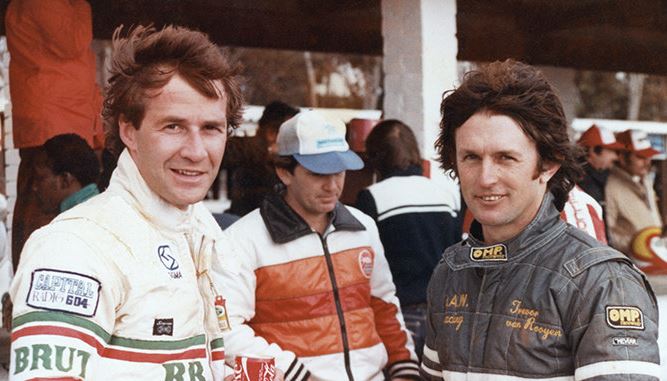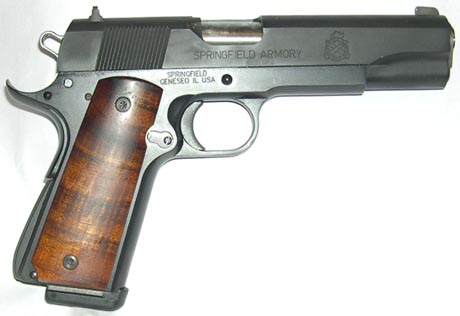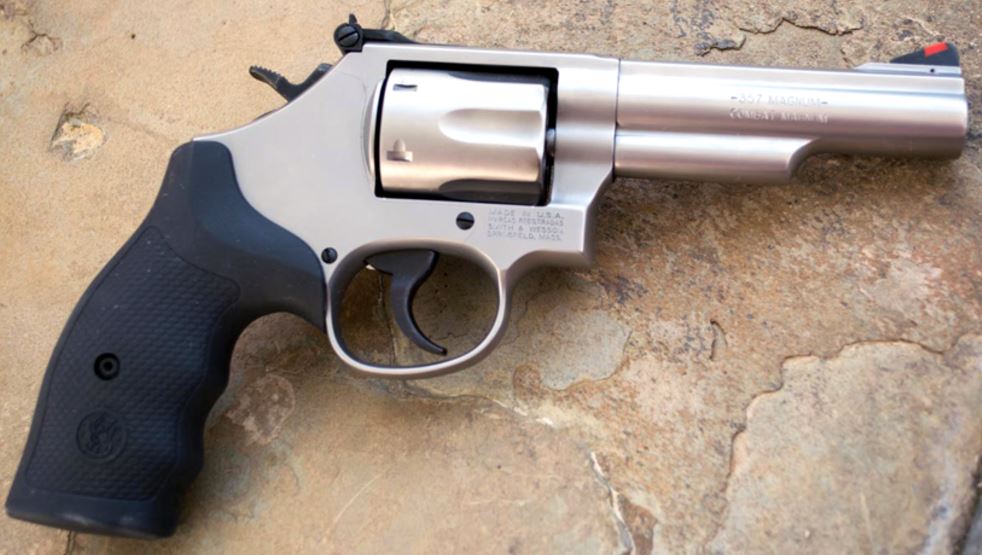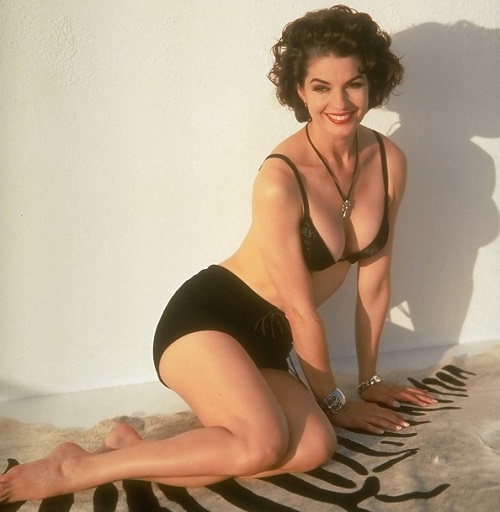When I got back to London after my trip to South Africa, the very first place I went to immediately upon getting off the Tube train from Heathrow was the Greggs bakery on Earl’s Court. It’s right across the road from the station, and despite (or perhaps because of) the gloomy weather, it was a beacon beaming its seductive Siren call [sic]: “Cup of hot tea! Sausage roll! Nom nom nom!”
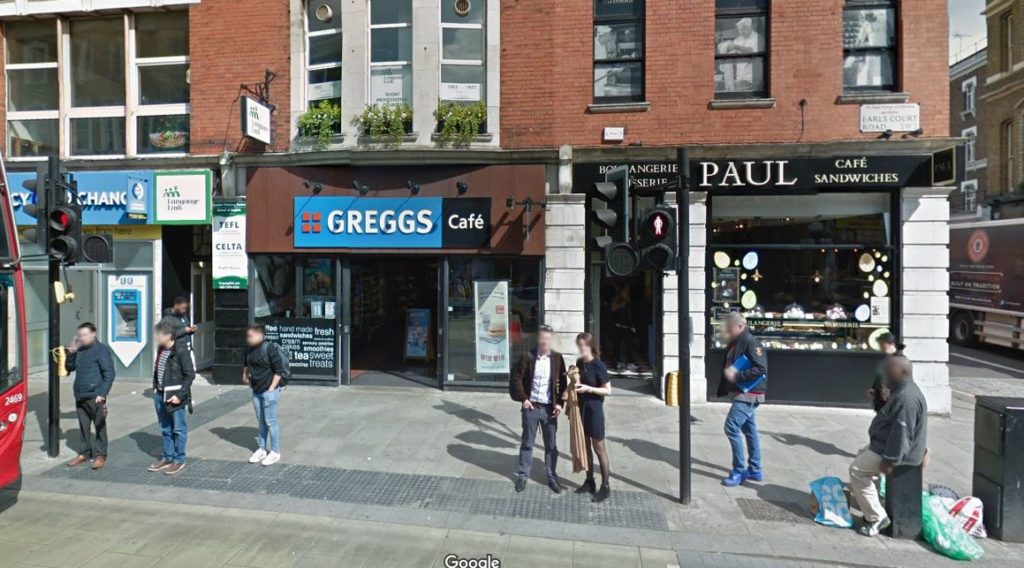
I never stood a chance.
Greggs has come a long way, as recounted here, and one could easily make the case that they’re Britain’s answer to McDonald’s — in fact, they sell more sausage rolls than Mickey D sells hamburgers — and they’re opening hundreds of new branches each year.
Greggs serves my two favorite British “junk” foods, the ubiquitous sausage roll — and in retrospect, theirs is better than the offerings from any of the gourmet bakeries and boulangeries — and my recent discovery, the “steak bake” (meat pie). It took me a while to discover the latter because whenever I’ve gone into Greggs it’s to get a sausage roll. But one day the Devizes branch was out of sausage rolls (it happens sometimes, while the fresh batch is still being baked), and Impatient Kim said what the hell and ordered a steak bake instead.
Now I order whichever of the two delicacies is on the shelf — it’s when they’re both on the shelf that I hop from one foot to another in the agony of indecision.

I haven’t tried the chicken bake (the empty shelf on the bottom left) because… well, because I don’t much care for chicken pies, and anyway, why give myself a choice of three yummies when I have enough trouble with two? Brit friends of mine, by the way, swear by different Greggs pies — the steak & cheese and the cheese & onion each has its own supporters, to mention just two. Aaaargh.
Don’t even get me started on the sweet pastries:
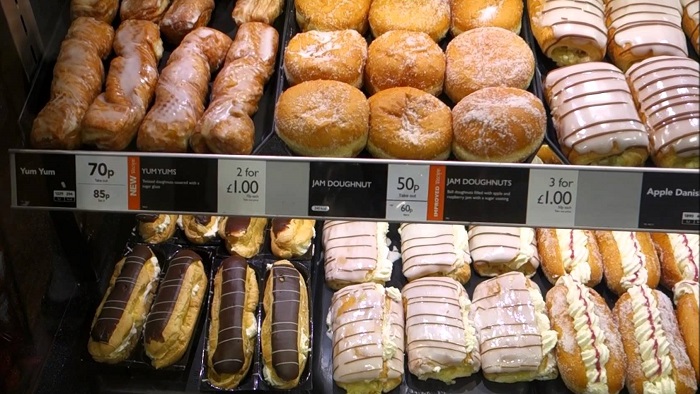
There is not a single one of those that isn’t an avalanche of taste sensation, particularly if (like me) you have a sweet tooth. Like Warren Beatty, I’ve had ’em all, and all of ’em are wonderful.
Some guy wrote an article about how he ate solely out of Greggs (breakfast, lunch, tea and dinner) for a day. Hell, I could do that for a week and still not have tried everything I wanted to. The choices are astonishing, the quality superb, and there’s something for absolutely everybody (except vegans of course — there’s butter in every Greggs item — but the hell with them).
And yes, I’d have to spend the hours outside Greggs exercising just to prevent myself from assuming Zeppelin proportions inside a few days, but I’ve found that if I contain myself to just one sausage roll or one steak bake or one pastry a day, then I don’t put on weight at all. (The several miles I walk per day when in London may also have something to do with it.)
There’s a part of me that wishes Greggs would open an outlet here in Plano, while another part of me hopes they don’t. It’s one of my totally-not-guilty pleasures when visiting Britishland, and it should be everyone’s. So put it on yer “must-do” list on yer next visit to Britishland — and if you’ve never been Over There before (for shame), I should point out that Greggs offers a welcome respite from London’s sky-high prices. A meal for two with coffee/tea, for under $6? It’s Greggs, for the win.
Tomorrow, I’ll talk about its neighbor.


